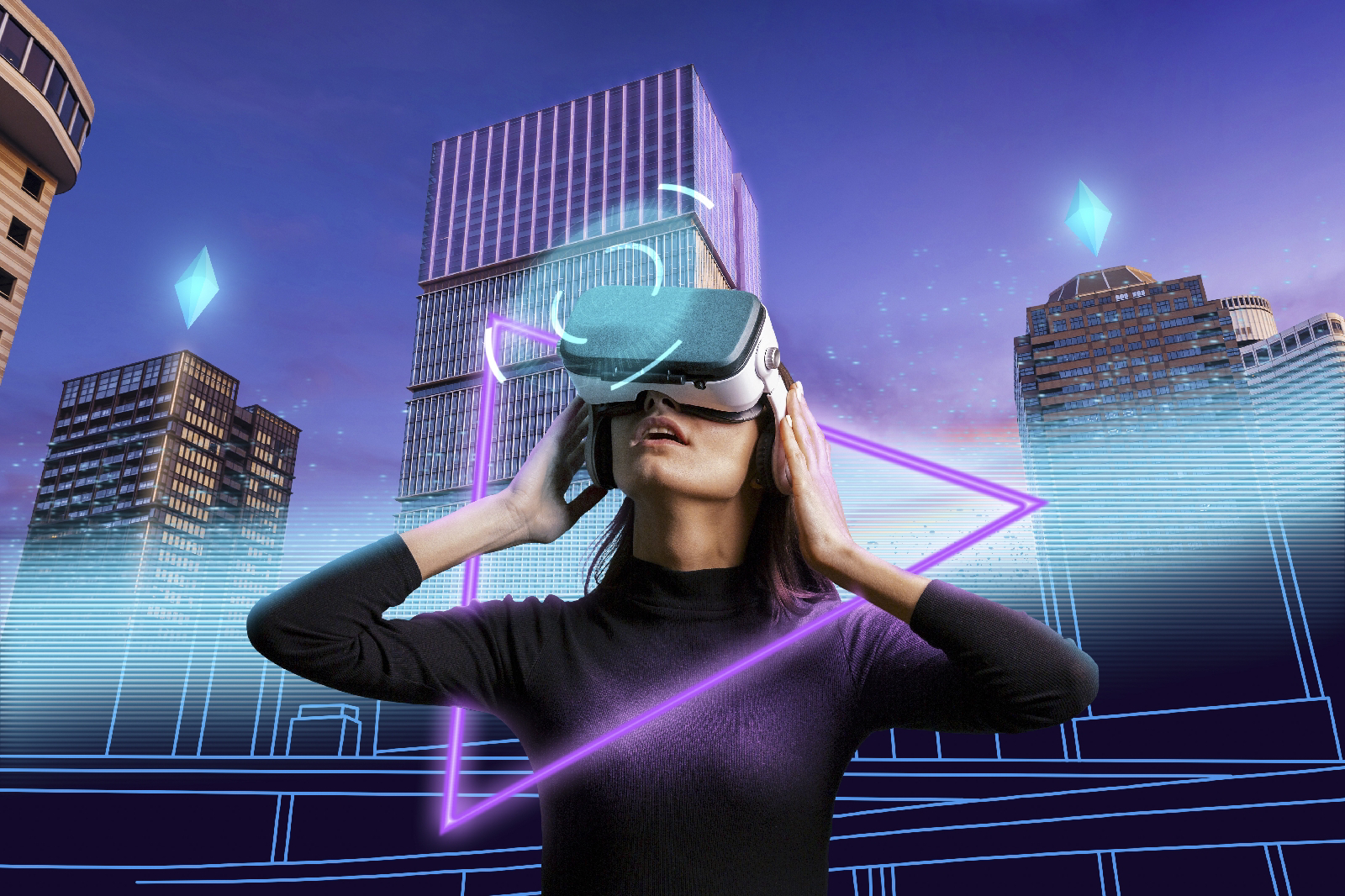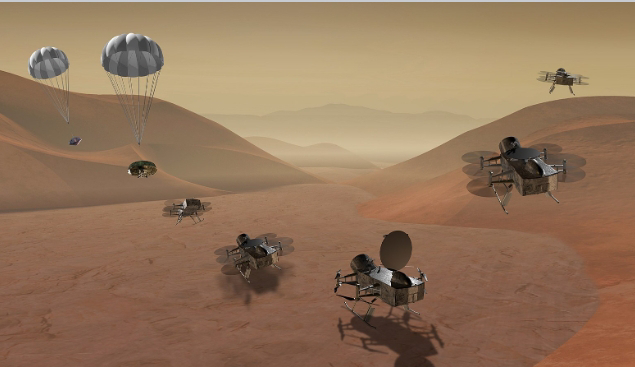Virtual Reality and Augmented Reality: The Future of Immersive Technology
Virtual reality (VR) and augmented reality (AR) are two of the most exciting and rapidly developing technologies in the world today. While VR and AR are often grouped together, they are distinct technologies with different uses and applications. In this article, we will explore the differences between VR and AR, their current applications, and their potential future uses.
Virtual Reality (VR)
VR is a fully immersive experience that transports the user to a completely different world. Using a headset or other device, the user is placed in a virtual environment that can be anything from a game to a movie to a training simulation. The technology behind VR is constantly improving, with more realistic graphics and more advanced tracking systems that allow for greater freedom of movement.
Current Applications of VR
VR is being used in a variety of industries, including gaming, entertainment, education, and healthcare. In gaming, VR allows for a more immersive experience that makes the player feel like they are really inside the game world. In education, VR is being used to create simulations that allow students to practice real-world scenarios in a safe and controlled environment. In healthcare, VR is being used to treat phobias and anxiety disorders by exposing patients to their fears in a controlled environment.
Future Uses of VR
As the technology behind VR continues to improve, its potential uses are almost limitless. VR could be used to create virtual tours of historical sites, simulate dangerous or difficult-to-reach locations for training purposes, or even create virtual workplaces for remote employees.
Augmented Reality (AR)
AR, on the other hand, overlays digital content onto the real world. AR is often experienced through a smartphone or tablet, with the device's camera capturing the real world and adding digital content to it. AR can be used for everything from gaming to advertising to interior design.
Current Applications of AR
AR is being used in a variety of industries, including gaming, advertising, and retail. In gaming, AR allows players to interact with the real world in new and exciting ways. In advertising, AR can be used to create interactive ads that allow customers to try on clothes or see how furniture would look in their home. In retail, AR can be used to create virtual showrooms that allow customers to see how products would look in their homes.
Future Uses of AR
As the technology behind AR continues to improve, its potential uses are almost limitless. AR could be used to create interactive museum exhibits, provide real-time language translation, or even create virtual instruction manuals that overlay instructions onto real-world objects.
In conclusion, VR and AR are two of the most exciting and rapidly developing technologies in the world today. While they are different technologies with different uses, they both have the potential to revolutionize the way we interact with the world around us. With continued investment and innovation, we can expect to see even more exciting uses for these technologies in the future.





No comments:
Post a Comment